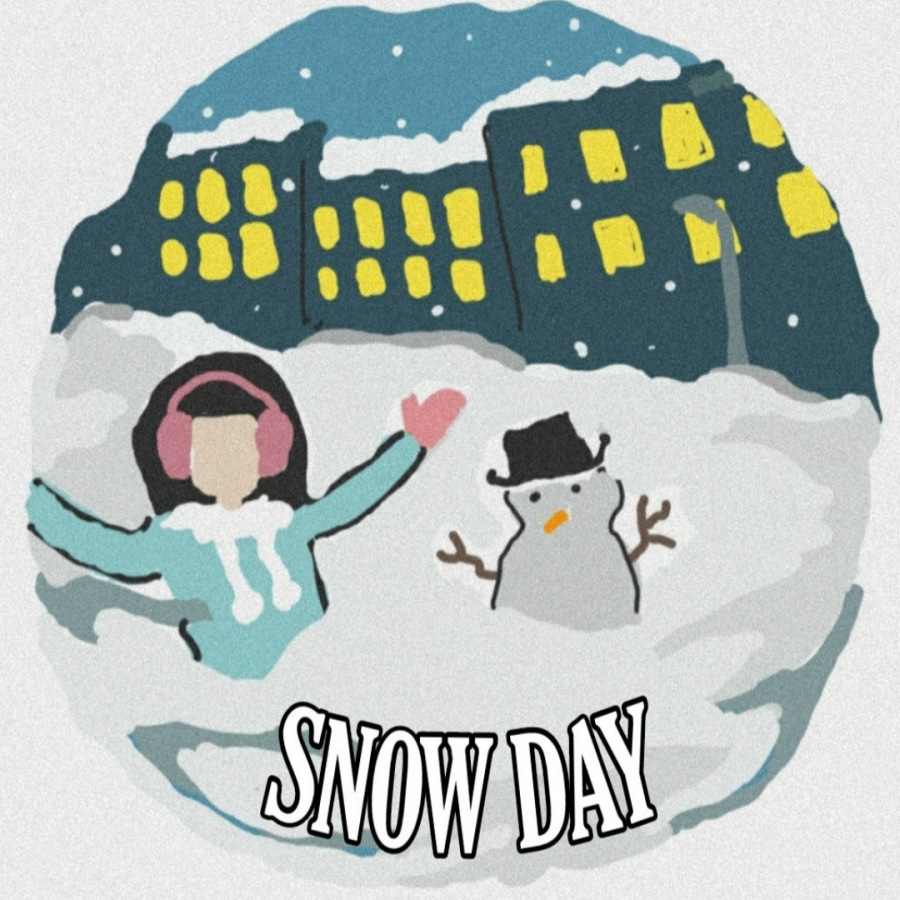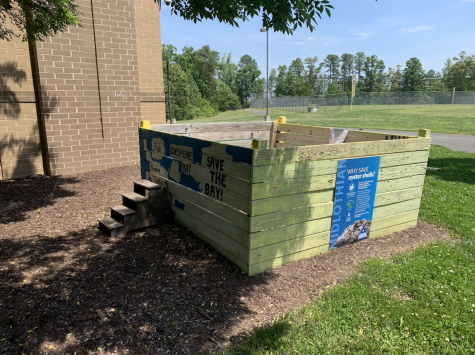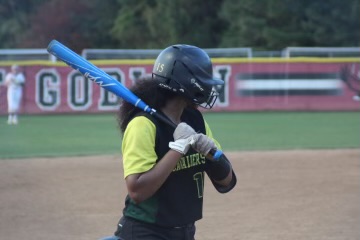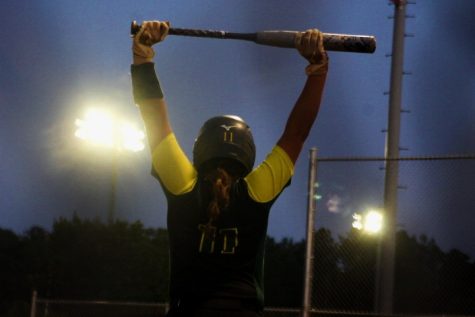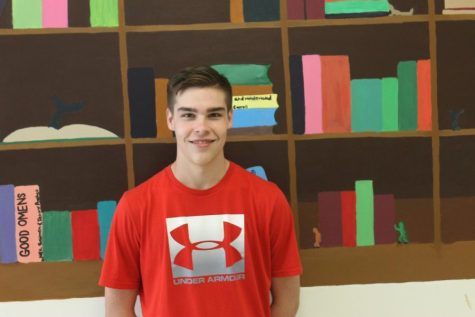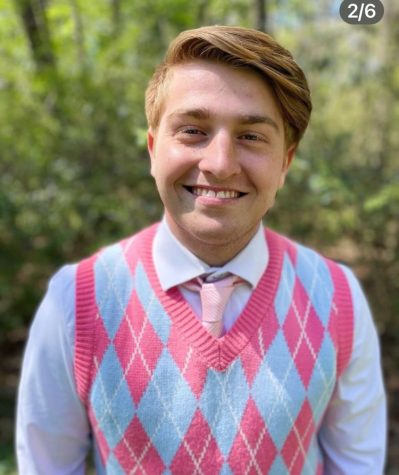Teacher predicts winter weather patterns, breaking seasonal drought
As February approaches, central Virginia might finally see some winter weather, after nearly two years without substantial snow days.
Typically, Chesterfield County Public Schools expects about half a dozen snow-related closings each year as roads are covered in snow and deemed unsafe for vehicles. However, in recent years, snow has not affected the roads due to being too insignificant in-depth, too warm to stick onto the asphalt and too infrequent throughout winter.
Physics teacher Charles Hughes tracks potential winter storms as a pastime, and he believes in the possibility of a snow day this winter, despite Richmond’s unwelcoming climate for snow.
“I think we have a decent chance at the end of January to the beginning of February,” Hughes said. “It’s rare enough here that it’s an event. The challenge in Richmond is that we need both cold air and moisture. When it goes over the Appalachian Mountains, it tends to lose its humidity because as it gets higher up, it gets colder and precipitates. On the other hand, if precipitation comes up from the Gulf Coast, it tends to bring warm air. It takes a perfect storm of circumstances where, as the warm moist air pushes in, it cools faster than the warmth can push up past us.”
Hughes uses weather radar models to spot conditions that could create periods of snow, such as for his prediction for this winter. However, the further into the future the models predict, the less accurate they tend to be.
“Any time you’re looking more than 72 hours out, the weather models are typically going to be inaccurate, ” Hughes said. “It’ll give you a general idea of what’s going, but it won’t tell you if it’s going to snow in your backyard. Once you’re under 72 hours, most of the models will come into agreement, and you can have a better idea of what’s gonna happen.”
Hughes also gives advice on how to track potential weather events using weather models such as the GFS, the GEPS, and the Euro.
“When looking at the models, what you’re looking for is model trends and model agreements,” Hughes said. “Do the models agree? If they don’t, why don’t they? Are they all moving towards a single solution?”
He also points out that other, more complex meteorological phenomena such as La Niño, La Niña, and stratospheric polar warming can be used to broadly predict weather patterns. In fact, he strengthens his argument that the snow drought will be broken through studying these patterns.
“This year’s El Niño and La Niña events are slightly weakening, which gives us a slightly better chance of seeing winter weather. Then another thing is we have a better chance of sudden stratospheric warming over the north pole,” Hughes said. “That tends to split that polar mass of colder air into a ‘polar vortex’ which if it pushes it south to us, we have a better chance of snow.”
Hughes bases his passion for finding the next snow day on his occupation.
“Because I’m a teacher, and for many years, a snow day is like getting a Christmas present in the middle of the school year,” Hughes said. “An unexpected day-off.”
In the face of a mostly virtual-learning winter, where commutes to school are no longer needed, students of the Hill wonder if their snow days away from school will end.
Junior Sophia Herandez argues for the survival of the snow day from a teacher’s point of view.
“I think it is a great idea to have no school on snow days because teachers go in, and students could lose power and not sign in for classes,” Hernandez said.
Senior Garrett Longest agrees that snow days should continue.
“They should exist to give students a break to look forward to,” Longest said. “It’s nice to leave the grind and enjoy the weather.”
Luckily for Hughes and Longest, the county will continue to acknowledge snow days throughout this winter according to CCPS Superintendent of Schools, Dr. Mervin Daugherty.

News section editor and Clover Hill senior Keegan Miller has been with the Cavalier Chronicle since 2019. His experience working with the National History...


